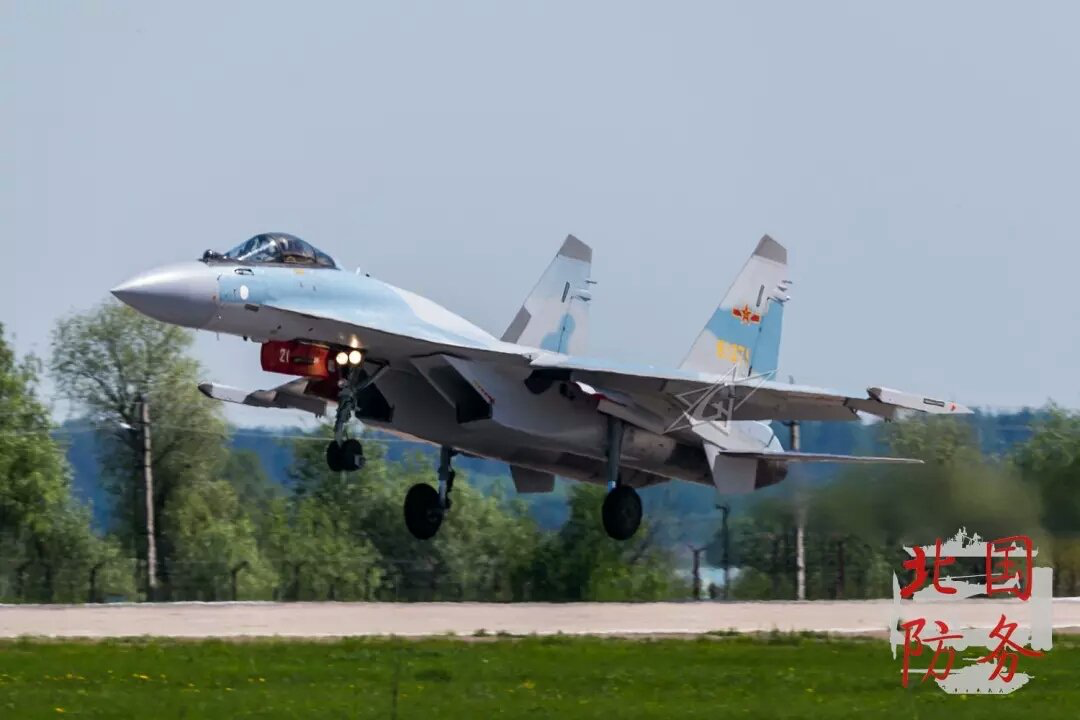OPED BY Vijender K Thakur
Russia’s inability to establish strategic air superiority over Ukraine is frequently discussed on mainstream & social media. Analysts pushing the Western narrative of evil and belligerent Russia gleefully decry the failure as evidence of inept Russian military leadership & poor warfighter training.
There is little doubt that failure to establish strategic air superiority costs Russia dearly in terms of manpower & equipment losses. As such, it is essential to understand the reasons for the Russian failure to draw suitable lessons.
Strategic air superiority may be defined as the ability to fly combat missions over adversary skies uncontested. It mandates completely neutralizing adversary ground and air-based aircraft and missile defense systems.
There is circumstantial evidence that Russia intended to establish strategic air superiority over Ukraine at the start of its special operations but failed to do so. The bold Russian thrust towards Kyiv couldn’t have been conceived without the presumption of total air superiority.
Nanqiang No. 1: China Completes Testing Of ‘Revolutionary Aircraft Design’ That Is Hypersonic & Unmanned — Reports
Independent analysts such as former US Marine Corps intelligence officer Scott Ritter believe that the Russian thrust towards Kyiv wasn’t intended to capture the Ukrainian capital but to shape the battlefield.
The Russian attempted to tie down Ukrainian troops deployed in defense of Kiev and isolate them from Ukrainian forces deployed in the East (Donbass) & South (Odesa). Ritter cites Russia’s clearly articulated war aims, including the liberation of Donbas and denazification of eastern Ukraine.
The capture of Kyiv was never contemplated. Having shaped the battlefield, the Russians withdrew to redeploy their forces in the Donbas region.
Assuming Scott Ritter is correct, the presumption would have been that Russia would establish air superiority to prevent Ukrainian forces deployed for the defense of Kyiv from being redeployed in the East & South.
With air superiority, it would be possible for Russia to interdict Ukrainian lines of communication (LoC) from Western & Central Ukraine to the East, preventing redeployment.
Effective interdiction would have required sustained effort by Russian bombers & fighter bombers. Without air superiority, such air effort would have resulted in prohibitive losses.
If the Russians intended to shape the battlefield, their attempt failed. The lack of air superiority thwarted effective interdiction of the Ukrainian LoC; as a result, Ukraine could redeploy its forces to the South & East. Consequently, Russia is sustaining heavier losses than it would have had it succeeded in shaping the battlefield.
US’ Most Advanced Warplanes – F-22 Raptors & F-35 Jets Should Be Deployed Near China As Threat Intensifies – Top Commander
Russian Failure
So why did the Russians fail to establish air superiority? The simple answer is – they were unable to neutralize all Ukrainian ground-based AD systems such as the S-300 and Buk.
Ironically, both the AD systems are well known in Russia. The trouble is that the two systems are Soviet era. As such, they are also well known to the Ukrainians!

Besides, they are excellent AD systems. For example, the S-300 is a system of systems with an architecture that facilitates cuing by other radar systems and even data links. They are mobile systems that can quickly change location to thwart counterattacks by an adversary.
Here is the clincher – Ukraine is passively cuing its AD systems using data links with NATO AWACS & Elint aircraft, not by using search radars of the systems. Typically, neutralizing a ground-based AD system involves three steps.
- Posing an aerial threat forces the adversary to track the threat by switching on the search radar of his AD system.
- Pinpointing the location of the AD system through the passive detection of search radar emissions.
- Launching an air-to-surface missile that homes on to the search radar emissions.
As stated, Ukrainian AD systems are passively cued by NATO aerial assets.
Once cued, the Ukrainian AD systems switch on their Fire Control Radars (FCR) to launch and guide their surface-to-air missiles. FCR transmissions are highly directional, and the radars transmit just for the duration of the missile’s flight.

The tacit gives adversary fighters with ELINT pods too little time to detect, pinpoint and launch an anti-radiation missile. At best, the adversary aircraft can see and locate the AD system but not engage it. However, once found, the AD system is under threat.
But since the Ukrainian AD systems are mobile, the window of vulnerability is small. The AD systems can change their location within minutes.
The flexibility demonstrated by the Ukrainian S-300 systems should be heartening for the Indian Air Force (IAF) leadership, which is investing significant resources in acquiring the S-400 system.
The system architecture of the S-400 will allow the Indian Air Force to integrate its existing AD ground-based and airborne radar systems.
The plucky Ukrainians have demonstrated that you can use your systems effectively if you know your systems well. Sophisticated use of the system is as essential as the sophistication of the system.
- The author is a prominent defense analyst and former IAF Jaguar pilot. He tweets at @vkthakur
- Follow EurAsian Times on Google News




